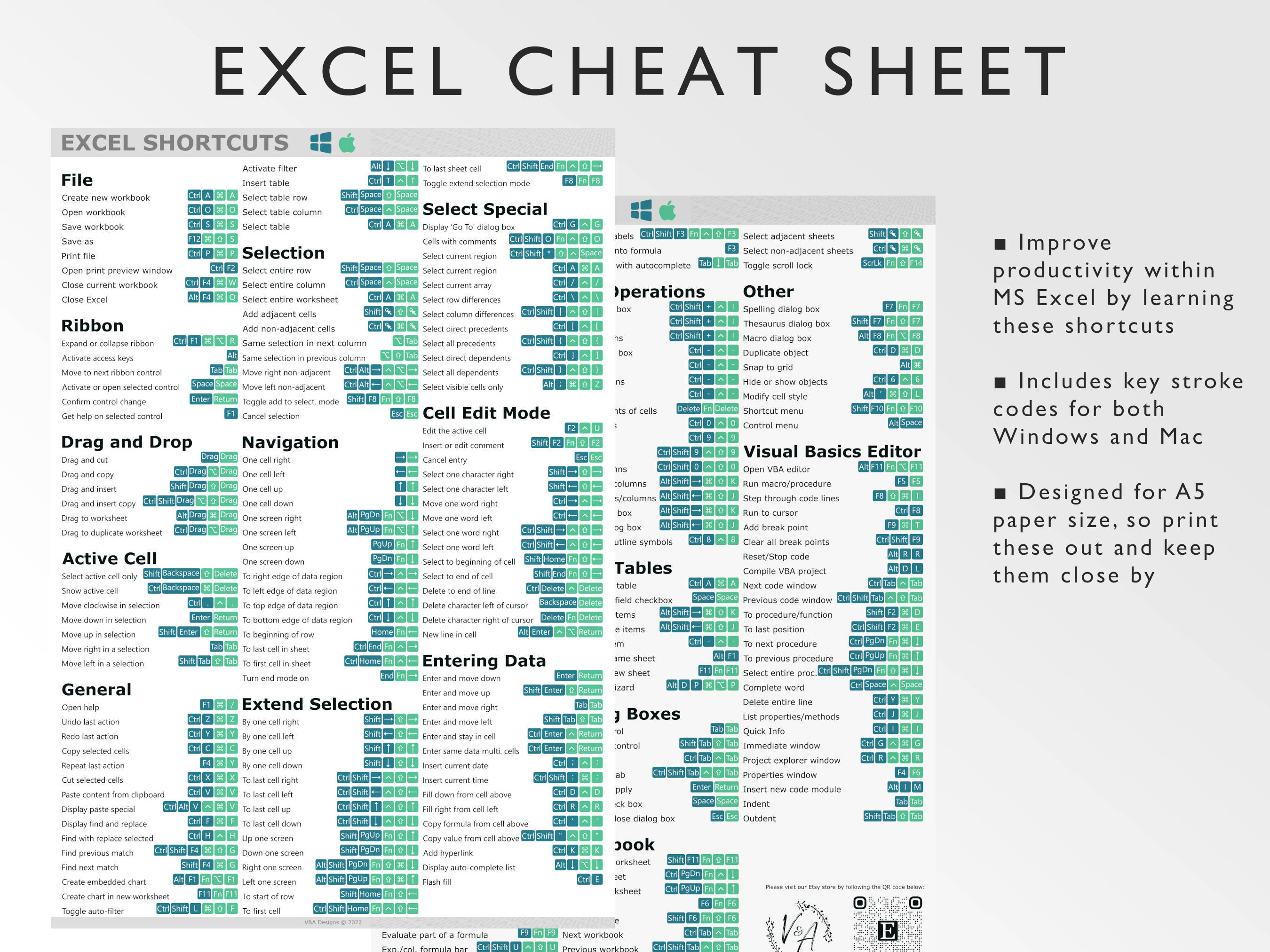Adding Tabs in Excel Sheets: Quick Guide

Ever found yourself needing to add tabs in Excel but unsure how to go about it? Well, you're in luck. Excel, a staple tool in many workplaces, isn't just about crunching numbers or creating charts. It can also manage multiple sheets effectively, each represented by tabs at the bottom of your workbook. Let's dive into how you can create, name, color, and organize these tabs, enhancing both your productivity and spreadsheet aesthetics.
Creating Tabs in Excel

The act of adding new tabs in Excel is straightforward:
- Right-click on the navigation bar at the bottom of your Excel workbook.
- Select "Insert" from the context menu.
- A new tab will appear, usually labeled "Sheet1," "Sheet2," etc.
🚀 Note: You can also use the keyboard shortcut Shift + F11 to quickly insert a new sheet.
Naming Tabs for Better Organization

Naming your tabs correctly not only makes your workbook easier to navigate but also helps in maintaining organization:
- Double-click the tab name you wish to change.
- Type in the new name for the tab and hit Enter.
Here's a guideline for naming your tabs:
- Keep names short but descriptive.
- Avoid using special characters or spaces if you plan to reference tabs in formulas.
🚫 Note: Using special characters or spaces can complicate formula references and might not be compatible with all Excel versions.
Color Coding Tabs

Adding color to tabs can visually distinguish between different types of data:
- Right-click the tab, hover over "Tab Color," then select a color or click "More Colors" for additional choices.
Here’s a quick table to guide your color choices:
| Tab Purpose | Recommended Color |
|---|---|
| Summary | Green |
| Data Entry | Blue |
| Analysis | Yellow |
| Charts | Red |

Reordering and Managing Tabs

As your workbook grows, keeping tabs in an optimal order becomes crucial:
- Drag and drop tabs to rearrange them.
- Right-click to access options like "Move or Copy," allowing you to shift or duplicate sheets.
Advanced Techniques

To take your Excel skills to the next level:
- Use hyperlink functions to link between tabs or workbooks for easy navigation.
- Set up a Table of Contents sheet with links to each tab for large workbooks.
The essence of managing Excel sheets effectively lies in the strategic use of tabs. They're not just for organization; they can enhance your workflow, making data analysis and presentation seamless. Whether you're creating budget spreadsheets, project trackers, or data sets, tabs in Excel provide the structure needed to manage complex information effortlessly.
How can I quickly find a specific tab?

+
If you have many tabs, use the right-click menu on the navigation bar and choose “Find” to search for the tab’s name. This is especially useful in large workbooks.
Can I protect tabs to prevent changes?

+
Yes, you can protect tabs by right-clicking on the tab, selecting “Protect Sheet,” and then choosing what users can or cannot do.
What’s the benefit of using different tab colors?

+
Color coding helps in quickly identifying types of data or stages in your data processing, enhancing visual management of your workbook.
How many tabs can I have in one Excel workbook?

+
The limit depends on your computer’s memory, but Excel 2016 and later versions support up to 1,048,576 rows per sheet. While there’s no official cap on the number of sheets, system resources would likely limit you before you reach such numbers.



